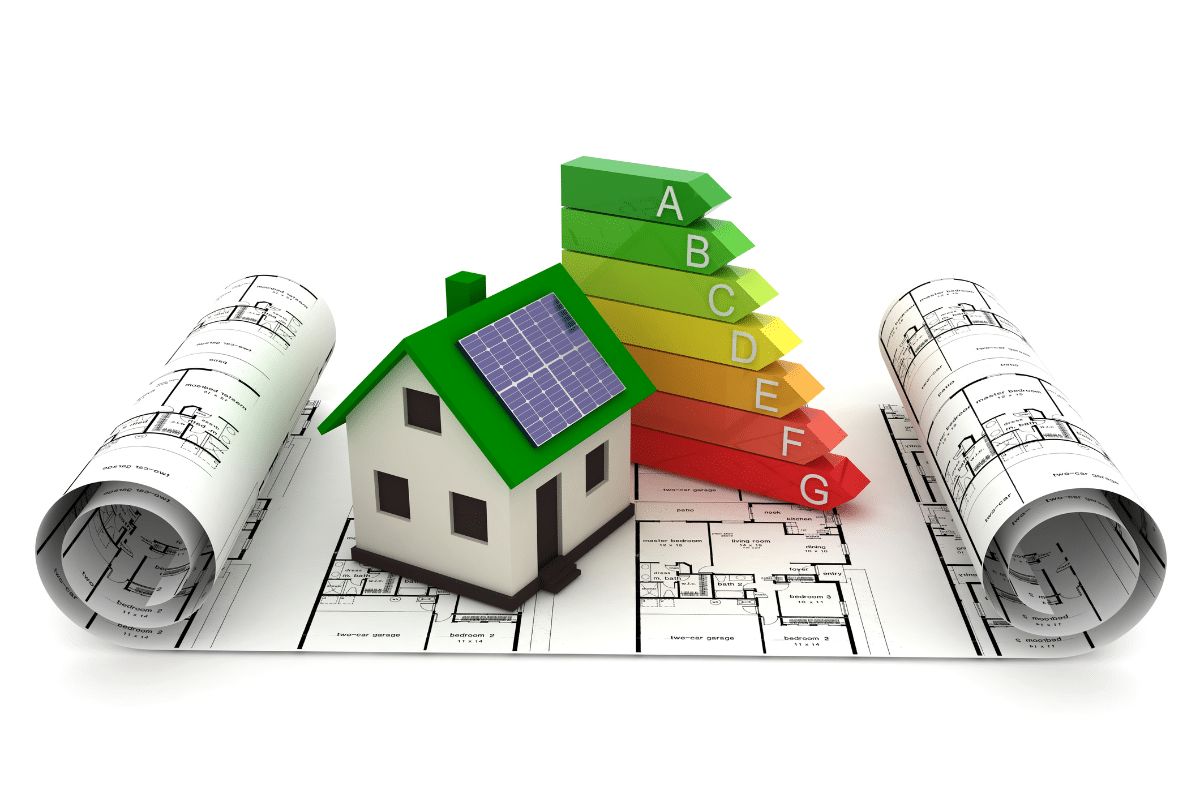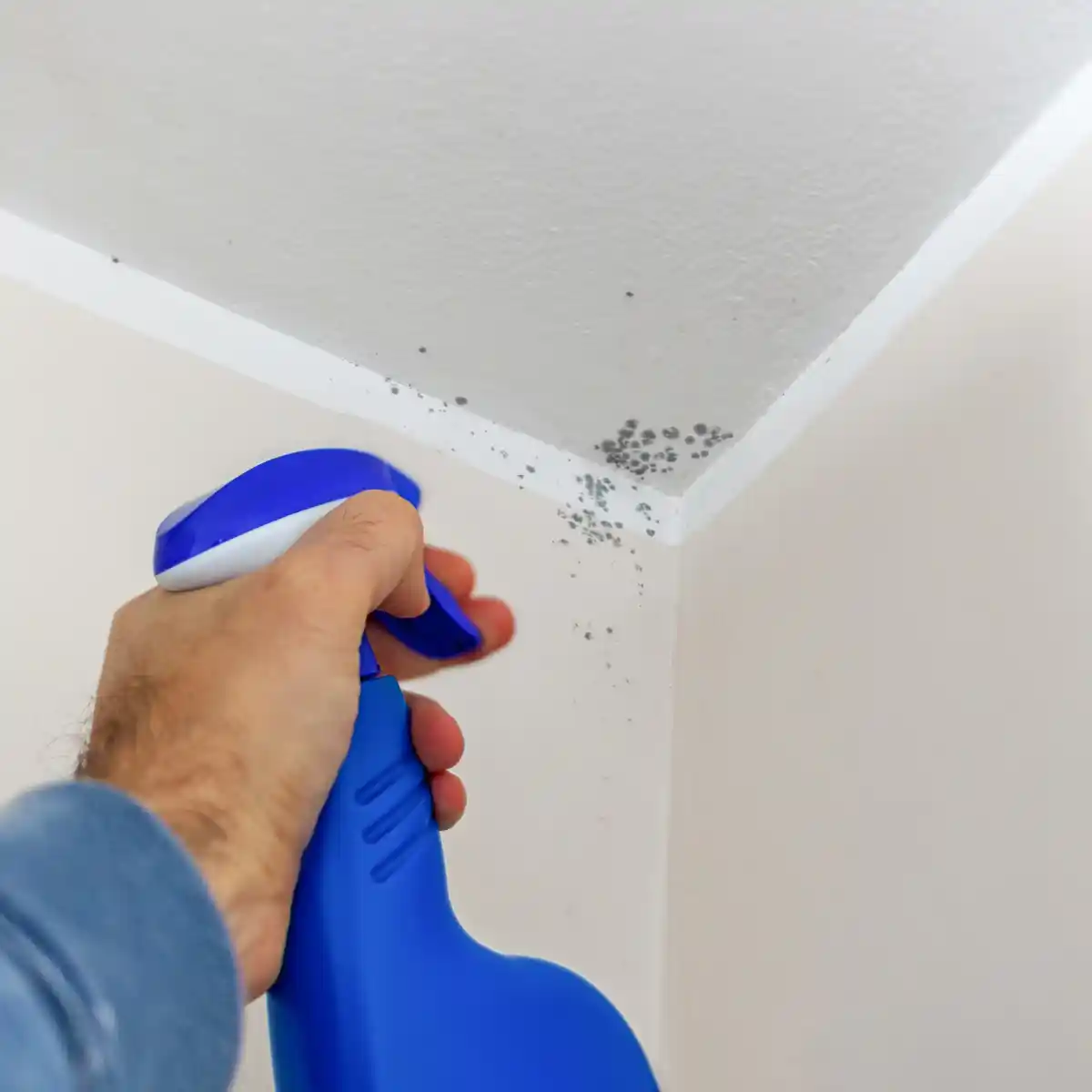Whole House Fabric-First Retrofit
When retrofitting an existing home, a fabric-first approach prioritises structural improvements across the whole house. Think of your home as a living organism. Drafty windows and poorly insulated walls are like leaky holes. A fabric-first approach is like addressing those leaks first, making your home function as a complete system. It prioritises improvements to the building’s “fabric” – the walls, roof, windows, and doors – to create a tight, well-insulated envelope.
By focusing on insulation, airtightness, and ventilation, homeowners can reduce energy demand and keep spaces warm more efficiently. This holistic method contrasts with a single-measure approach where people tend to pick isolated fixes, like just upgrading windows or adding roof insulation, without an overarching strategy.
Why a Phased Plan Works Best
The new PAS (Publicly Available Specification) standards for whole-house retrofits reflect the need for this fabric-first approach. This might seem expensive at first glance. However, they actually support a medium- to long-term plan that includes specific steps tailored to the house’s needs. This allows you to prioritise measures and install them in the right order, ensuring maximum effectiveness. Additionally, the plan can be phased to fit your budget and take advantage of available funding programs.
While these whole-house strategies may seem more costly upfront, they will save money in the long run by addressing issues systematically. A phased plan also keeps retrofits aligned with long-term goals and prevents missteps from quick, standalone improvements that may lead to redundant or inefficient measures later on.
Why the Single-Measure Approach Falls Short
While many homeowners are tempted by cheaper, single-measure solutions, this approach can result in patchy fixes that miss the broader picture. Installing random upgrades without a plan can lead to wasted money and missed opportunities. For example, adding wall insulation without adjusting ventilation can create moisture issues. Similarly, window upgrades alone won’t achieve much if drafts aren’t controlled elsewhere. The fabric-first approach aims to overcome these challenges by ensuring all interventions complement each other.
The Long-Term Benefits
A whole-house, fabric-first retrofit can optimise energy use, reduce utility costs, and create a more comfortable, resilient living space. This methodical approach sets the stage for energy generation technologies, like solar or heat pumps, to work more efficiently, maximising the home’s overall sustainability.
A well constructed fabric first plan is designed to avoid future issues forming within the building fabric, such as condensation, mould, and damp. These can form when the thermal envelope of the building is compromised by the new measures, or the ventilation system has not been updated to take account of the changes to the building environment.
By following a fabric-first, whole-house approach, homeowners can not only future-proof their properties but also contribute to a lower environmental impact and enhanced home value over time.
Taking the First Step Towards a More Energy-Efficient Home
Making your home more comfortable and energy-efficient can feel daunting. But a fabric-first approach offers a clear roadmap. Remember, you don’t have to do everything at once.
Start by getting a Retrofit Assessment from one of our qualified TrustMark Retrofit Assessors. This will identify the weak spots in your home’s “fabric” and create a personalised plan for improvement. With this information, you can then start prioritising and tackling upgrades in a way that makes sense for your budget and goals.
By investing in a fabric-first approach, you’re not only saving money on energy bills, but you’re also creating a healthy, comfortable, and sustainable home for years to come.
Get in touch with our experienced team today!



